
Teaching primary students to determine the central message of a text can be a bit tricky. I find that young children don’t yet have the life experience to draw on when trying to identify or articulate the moral in a fable, the life lesson of a fairy tale, or the central message in a fiction story without a struggle. These are some of the ways I’ve approached teaching central message that can help you teach your readers to understand the big ideas, themes, and the message an author is trying to tell them in the stories they read or the read alouds they listen to.
Use Familiar Stories When Teaching Central Message
Teaching about central message can be tricky. We can make this concept easier for our students to understand by using stories that children are familiar with.
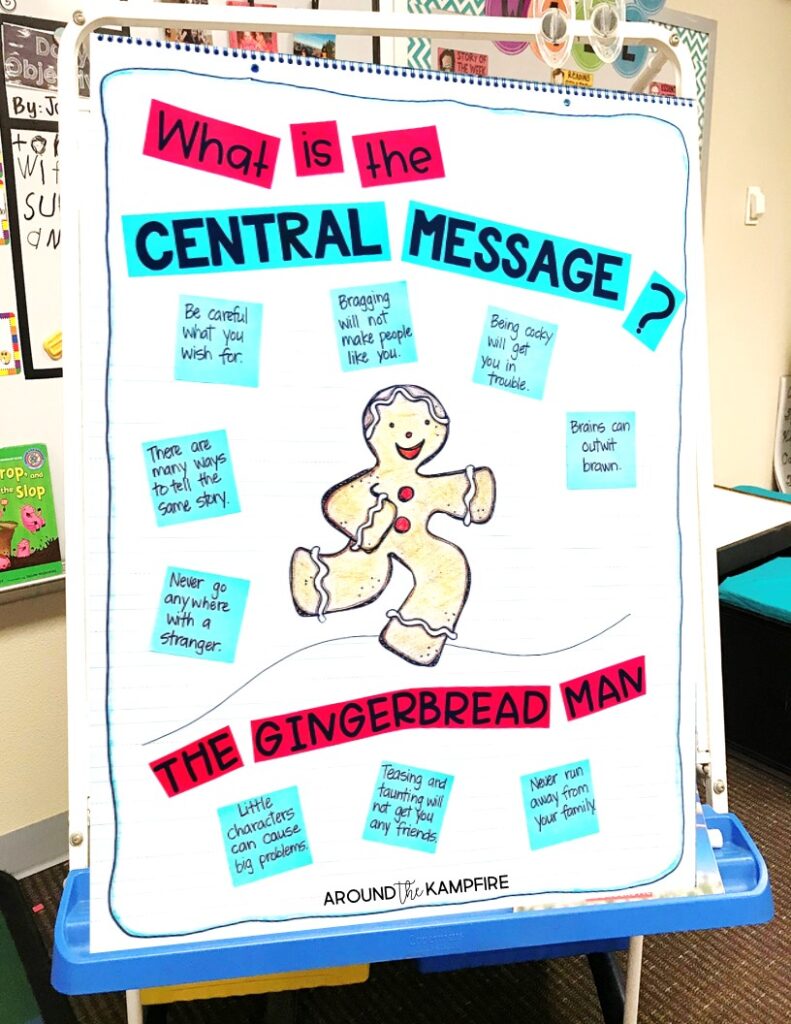
I like to use a traditional gingerbread version when first introducing this standard. The central messages in The Gingerbread Man are easily identified and ones that all children can relate to. Most school-aged children have encountered bragging, teasing, thinking it’s fun to be chased, or the frustration of chasing someone else, either at home with siblings or with peers on the playground.
Ask Guiding Questions
We can help students understand that the central message is the lesson or the big idea that the author is trying to tell them through the character’s experience by asking some guiding questions. Ask questions such as,
- “What are some of the clues in the story that tell us about the gingerbread man?”
- “What does he say or do that tell us the kind of person he is?”
- “Why do you think the gingerbread man won’t listen to his family, but will listen to the fox when he tells the gingerbread man to climb up on to his back?”
- “How do his words and his behavior get him into trouble?”
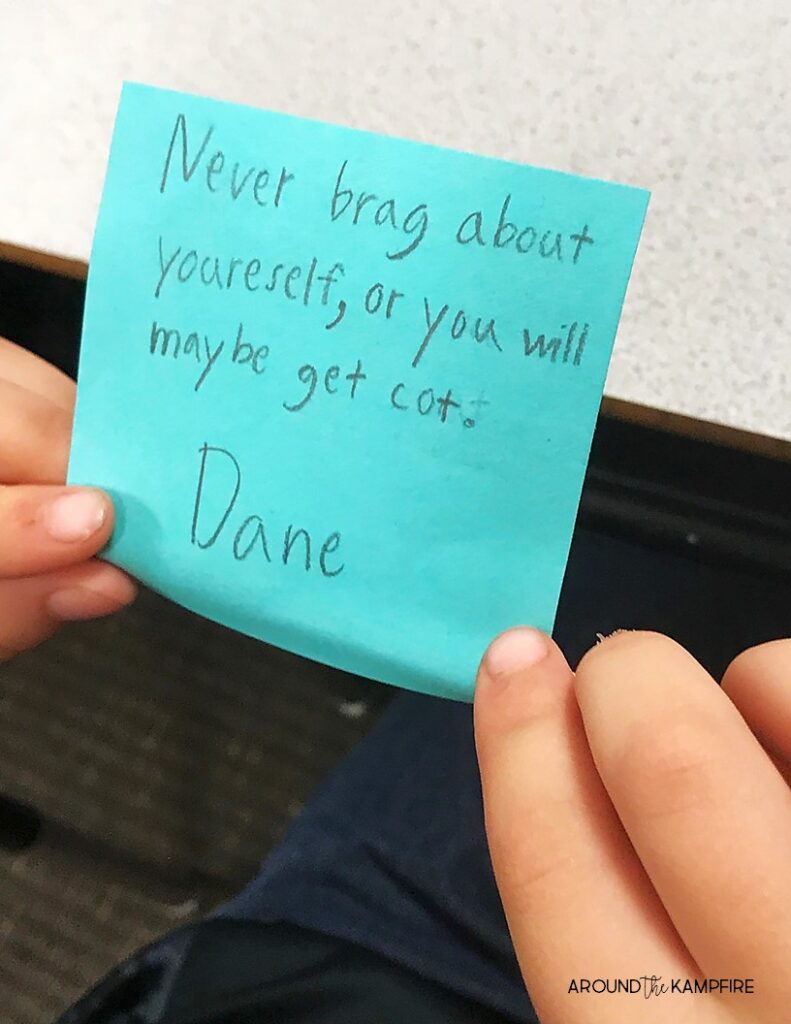
Identify Key Details That Support The Message
Help students to locate key details or dialogue that can lead them to the message the author is trying to convey. Ask students, “Are there repeated words, phrases, or illustrations in the story that go along with and support the theme or message?” In the case of The Gingerbread Man, the answer is yes! Not only do these stories all include repetition of “You can’t catch me!”, but the illustrations depicting the character being chased by more and more people are repetitive as well. These really drive the point home that running away, teasing, and not listening all have consequences in the end.
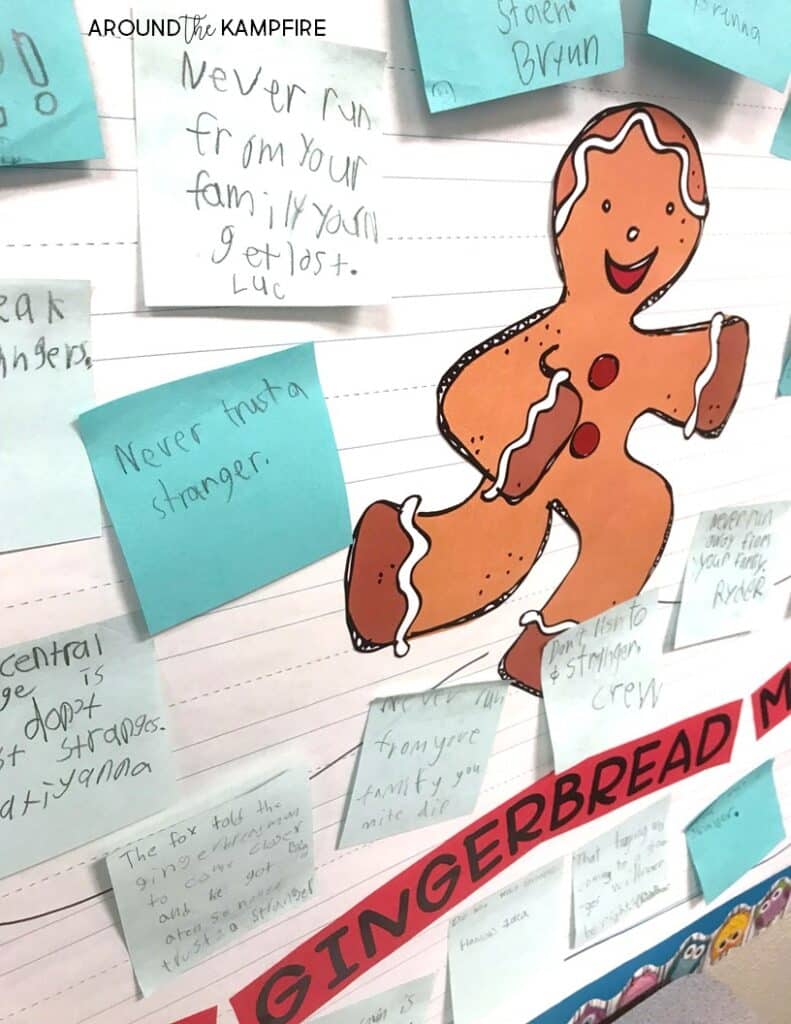
Look For Character Clues
When teaching central message, have students look for clues about the character to help them understand the character’s experience and what the author wants the character to learn. Guide the discussion by asking:
- “What is the author trying to tell us by writing about what happens to the gingerbread man?”
- “What lesson do you think the author wants the gingerbread man to learn?”
- “Is there a lesson we learn from what happens to the gingerbread man?”
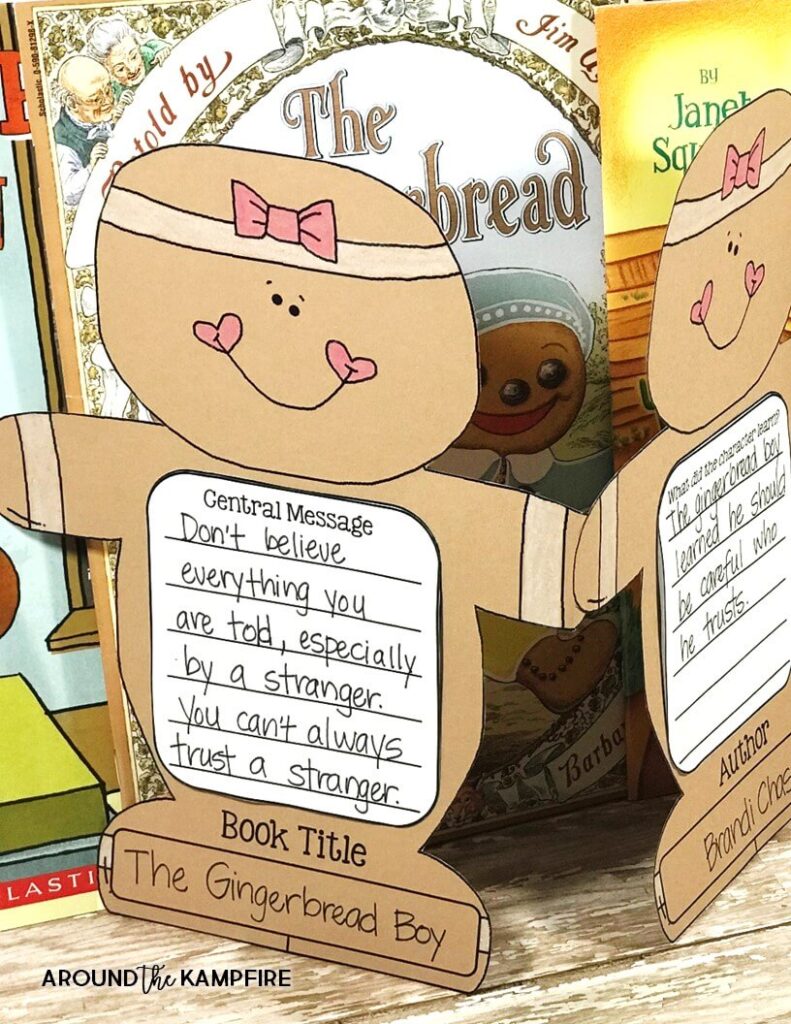
Determining the central message requires students to make an inference. Often times, trying to pinpoint the message or life lesson an author is trying to convey requires a leap in thinking for primary readers. Big ideas, themes, and central messages are implied, rather than stated directly in the story. This requires readers to combine what they read in the text with what they already know, or have experienced themselves, to make an inference.
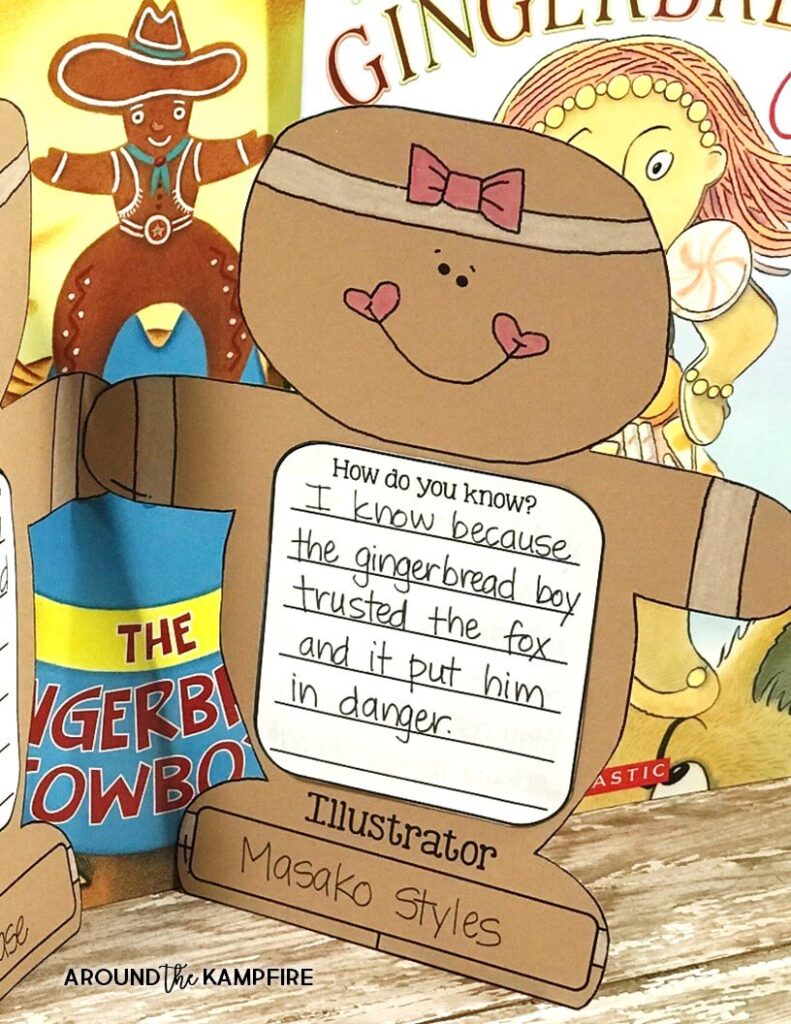
I like to take it a step further by having students not only decide what the message is, but to explain how they know, and to think about the lesson the character can learn.
Examples of Central Messages in Gingerbread Man Stories
- Be careful what you wish for.
- Be careful who you trust.
- Little characters can do big things.
- Don’t automatically trust a stranger.
- Never run away from your family and people who love you.
- Bragging, teasing, and taunting will not make you friends.
- Don’t believe everything you are told, especially by a stranger.
The resource I used for this lesson is part of a Gingerbread Man reading unit with nine in-depth comprehension lessons in a teaching Power Point and lots of activities and centers to use with your favorite gingerbread man books.
Additional Books For Teaching Central Message
These are just a few of the many books that lend themselves well to teaching primary students to determine the central message. (This list contains affiliate links which I include to help maintain this website. As an Amazon Associate I earn from qualifying purchases.)
I’m a huge fan of gingerbread books and spend most of December comparing different versions with my class. Using gingerbread books and other familiar stories helps take the struggle out of teaching the central message. I hope you’ve found some ideas you can use to help guide your students as you teach about big ideas, theme, and central message.
Would you like to see the gingerbread reading unit I use? Click here.
This complete unit includes detailed lesson plans, a teaching Power Point, lots of printables, assessments and crafts. With this unit my reading, writing and language blocks are covered for the entire month of December!
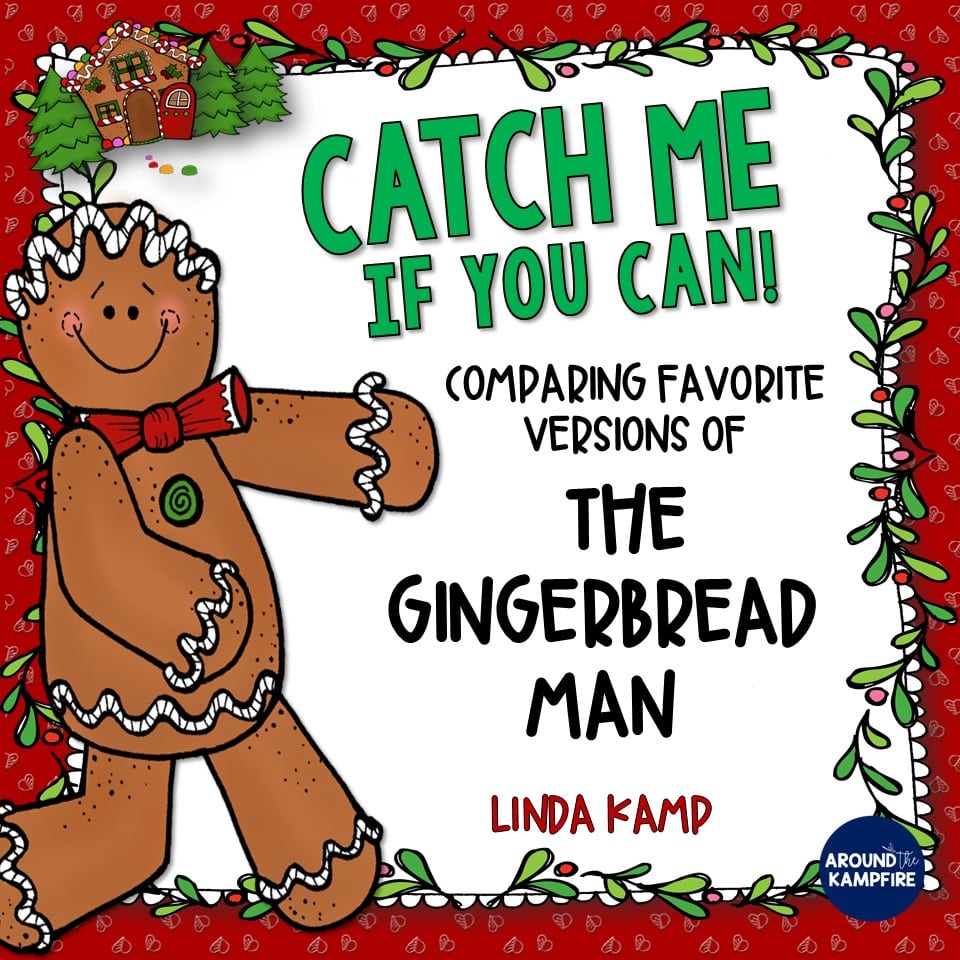
If you’ve enjoyed this post, be sure to pin it for later so you have it when you plan!
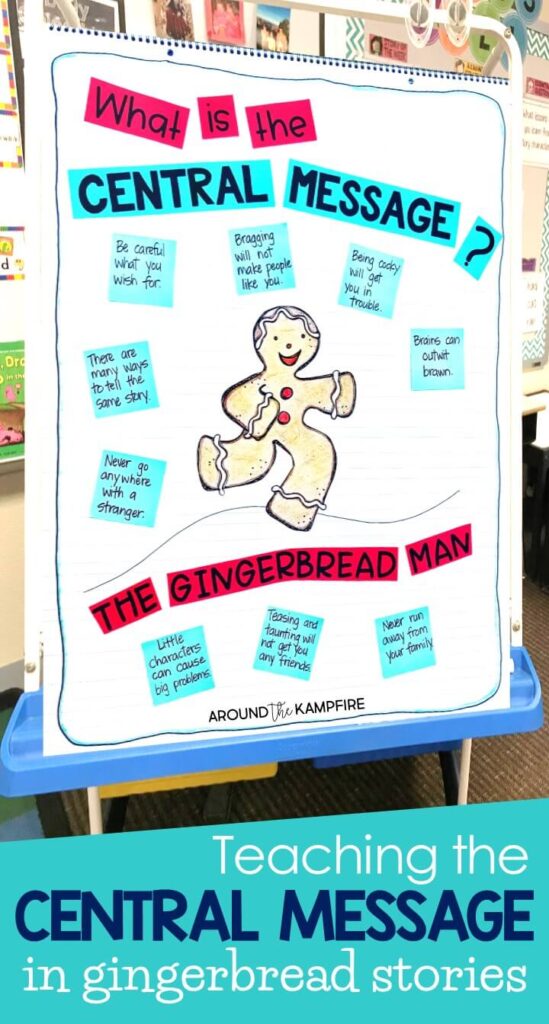
For more teaching ideas and book activities to do with YOUR class, visit these posts by clicking the link or the picture.
How the Gingerbread Man Turned My Readers Into Thinkers
Cause and Effect with Alexander and the Terrible, Horrible, No Good Very Bad Day.
Teaching with Stellaluna: Turning Readers Into Comprehenders
Happy teaching!
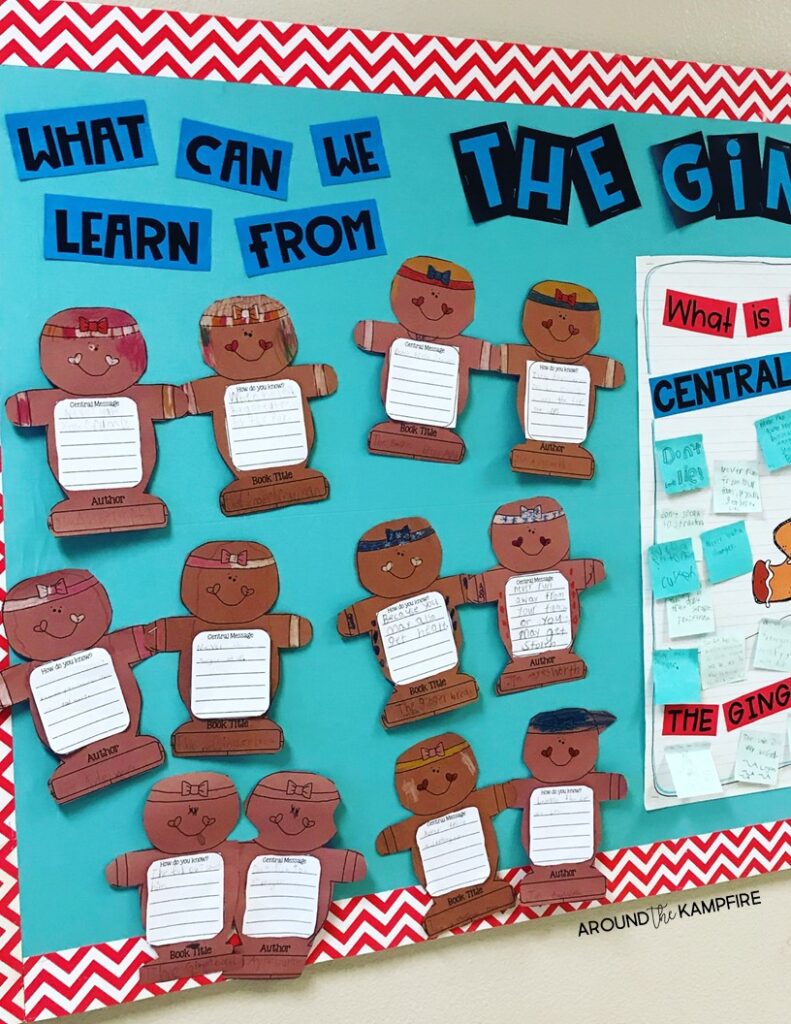
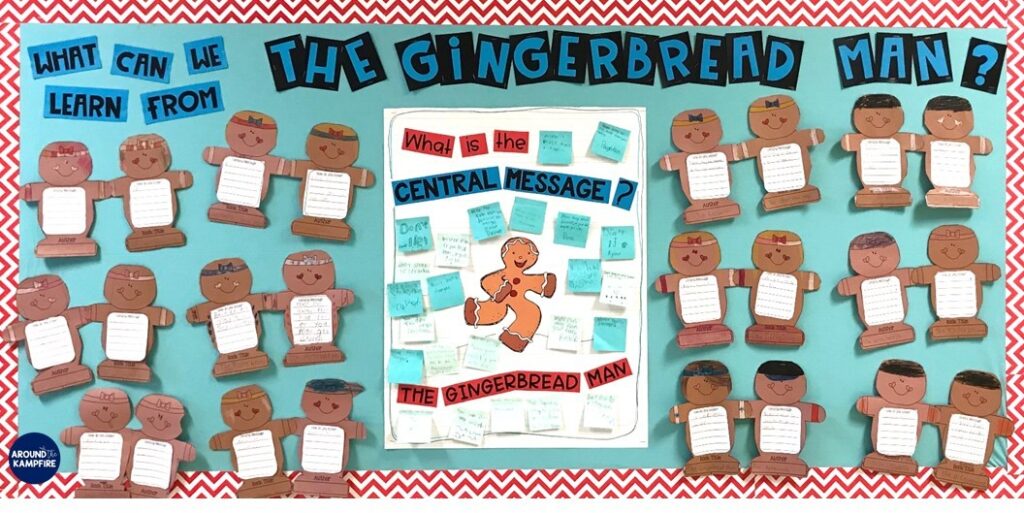
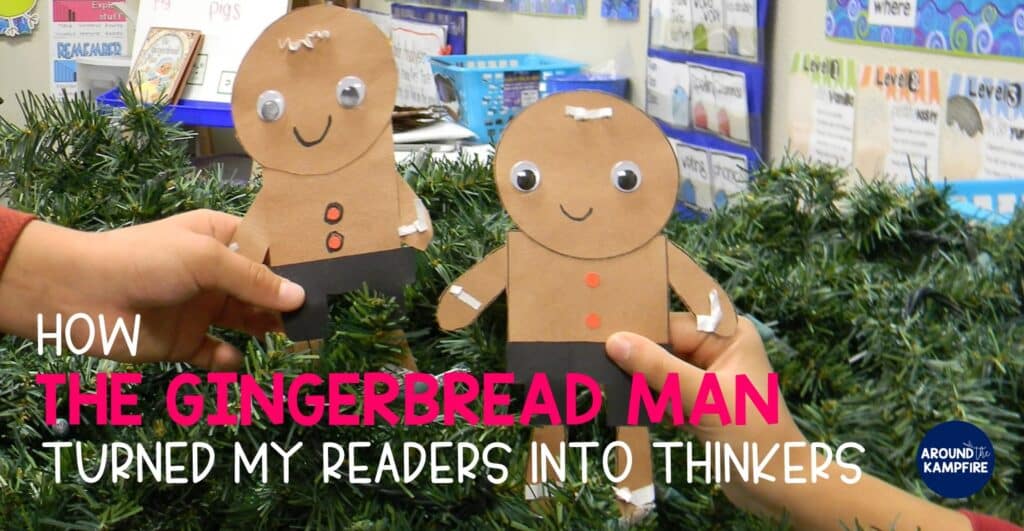

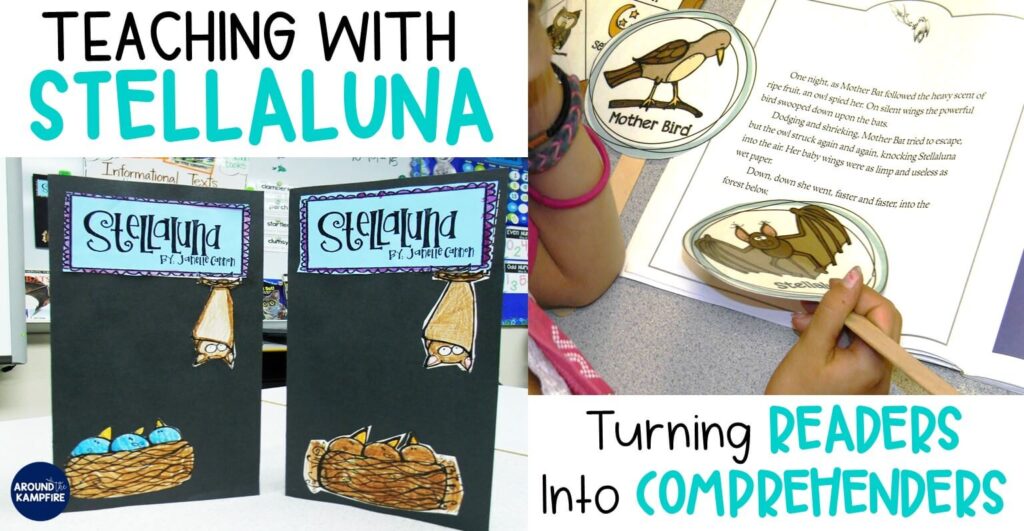
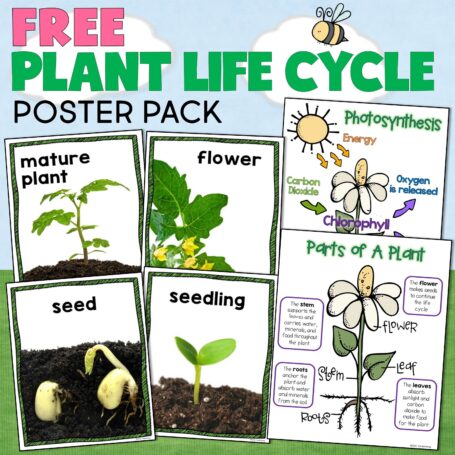
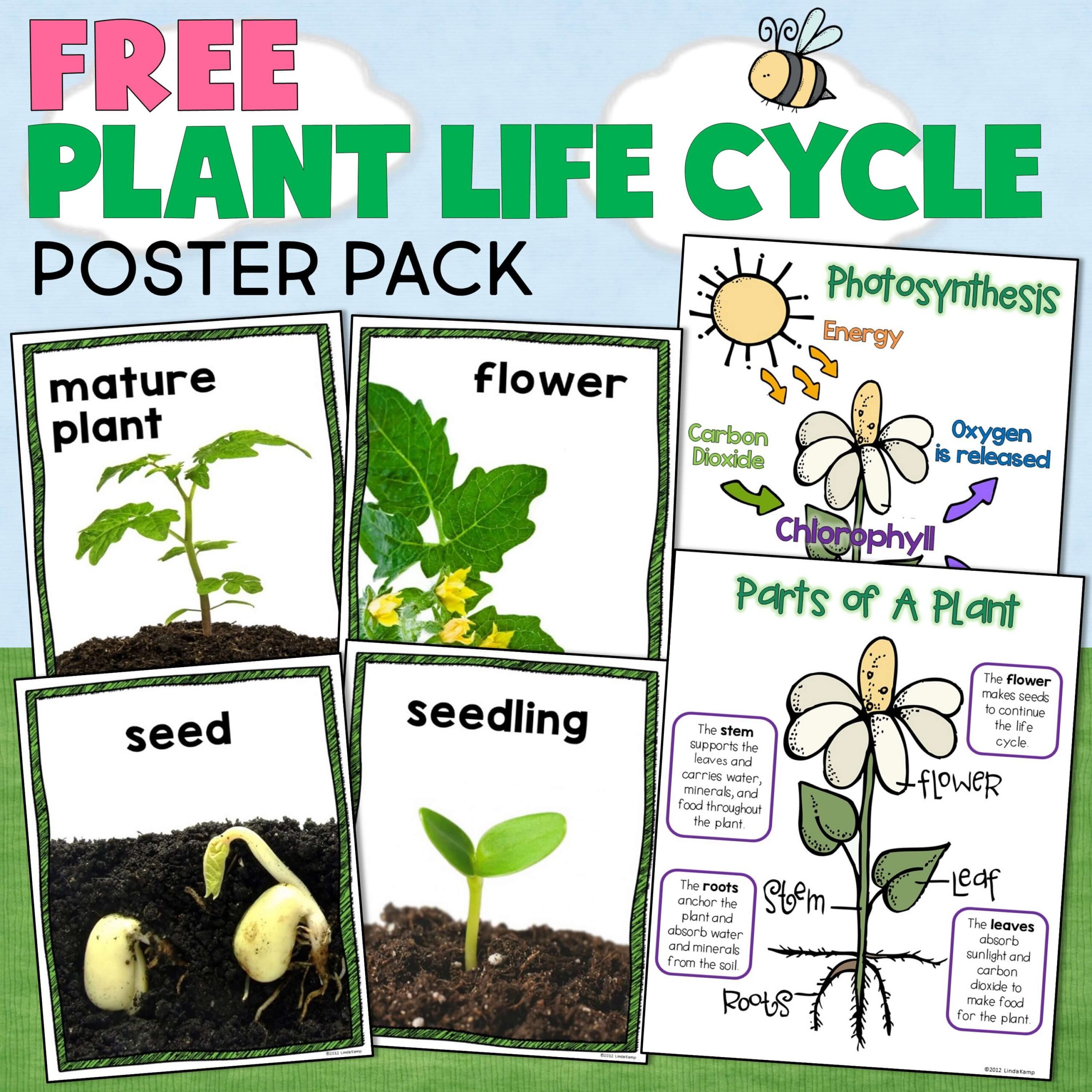

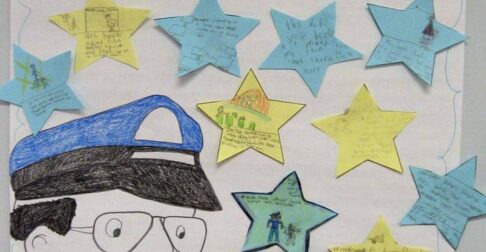
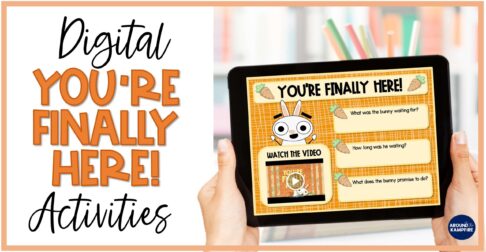

Wow…as a teacher i appreciate your effort and thoughtful approach, and willingness to share. Would love more.
You’re welcome, Linda! I have a complete Gingerbread Man reading unit that goes more in-depth with these and many more activities may be helpful to you. You can find it here:
https://www.teacherspayteachers.com/Product/Gingerbread-Man-Activities-Teaching-Slides-Centers-Crafts-Digital-424053
Love this! Thanks for such amazing ideas.
You’re welcome Angela! Thanks for stopping by!